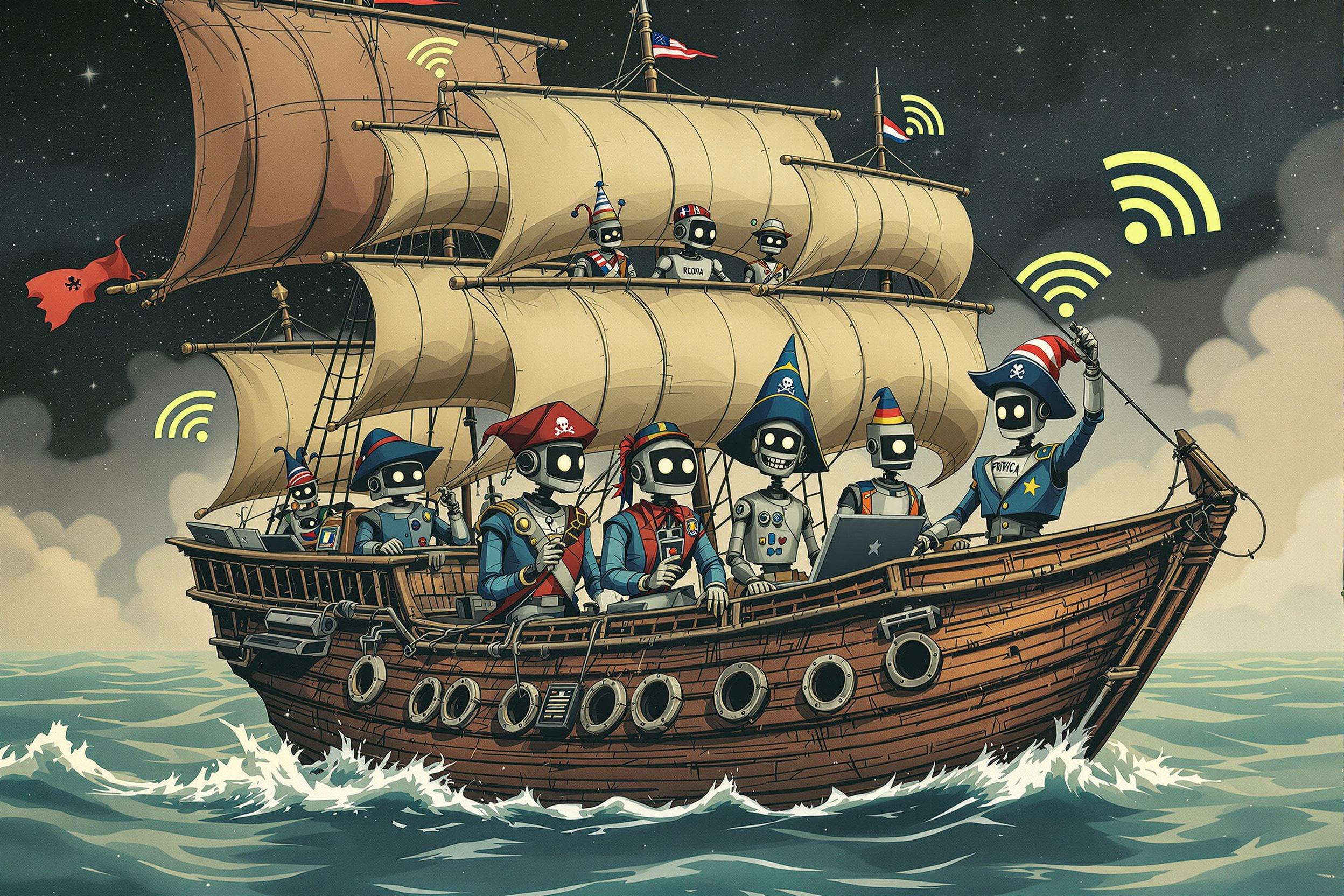
Remote Sensing
Remote Sensing is a way to gather information about farms and fields without physically touching them, usually using images taken from satellites, airplanes, or drones. It's like taking detailed photos from above that can show crop health, soil moisture, and field conditions. Farmers and agricultural specialists use this technology to make better decisions about when to plant, water, or fertilize their crops. Similar terms you might see include 'aerial imagery,' 'satellite imaging,' or 'drone mapping.' This technology helps make farming more precise and efficient, allowing farmers to treat specific areas of their fields differently based on what they need.
Examples in Resumes
Used Remote Sensing technology to monitor crop health across 5,000 acres
Implemented Remote Sensing and Satellite Imagery analysis to optimize irrigation schedules
Led team in developing Remote Sensing applications for precision agriculture
Applied Aerial Imaging and Remote Sensing techniques to detect early signs of crop stress
Typical job title: "Remote Sensing Specialists"
Also try searching for:
Where to Find Remote Sensing Specialists
Professional Organizations
Online Communities
Job Resources
Example Interview Questions
Senior Level Questions
Q: How would you implement a remote sensing program for a large farming operation?
Expected Answer: Should discuss creating a comprehensive plan including selecting appropriate technology (satellites, drones, sensors), establishing data collection schedules, setting up analysis procedures, and creating actionable reports for farm managers.
Q: How do you ensure the accuracy of remote sensing data for agricultural decisions?
Expected Answer: Should explain methods of data validation, ground-truthing processes, and how to combine multiple data sources to make reliable farming recommendations.
Mid Level Questions
Q: What factors do you consider when choosing between satellite, drone, or aircraft imaging?
Expected Answer: Should discuss trade-offs between cost, resolution, frequency of data collection, weather constraints, and specific crop monitoring needs.
Q: How do you translate remote sensing data into practical recommendations for farmers?
Expected Answer: Should explain how to interpret different types of imagery, create zone maps, and provide specific actions farmers can take based on the data.
Junior Level Questions
Q: What are the basic types of information you can gather using remote sensing?
Expected Answer: Should mention crop health monitoring, soil moisture levels, plant stress detection, and basic mapping capabilities.
Q: How often should remote sensing data be collected for typical crop monitoring?
Expected Answer: Should discuss basic monitoring schedules for different crops and growth stages, and explain why timing matters.
Experience Level Indicators
Junior (0-2 years)
- Basic image interpretation
- Data collection using drones
- Simple mapping and visualization
- Understanding of common agricultural practices
Mid (2-5 years)
- Advanced data analysis
- Multiple sensor integration
- Crop health assessment
- Customer communication and reporting
Senior (5+ years)
- Program development and management
- Advanced agricultural analysis
- Team leadership
- Integration with farm management systems
Red Flags to Watch For
- No hands-on experience with agricultural operations
- Lack of understanding of basic farming practices
- No experience with mapping software or data analysis
- Poor understanding of seasonal farming cycles
- Unable to explain technical concepts to non-technical audiences
Related Terms
Need more hiring wisdom? Check these out...

Who’s Really Running Your Interviews? How to Reduce Bias in Remote Hiring

Unlocking Talent Offline: Innovative Strategies for Recruiting in Low-Internet Areas

Virtual Reality in Certification Exams: How VR is Transforming Specialized Training

